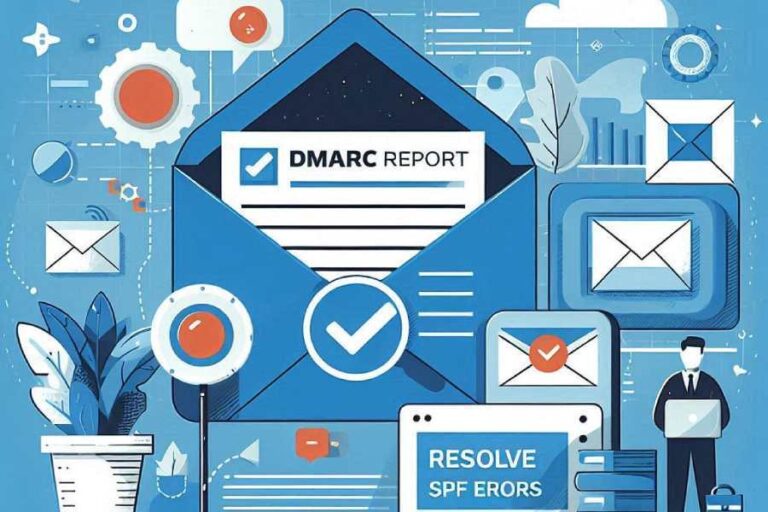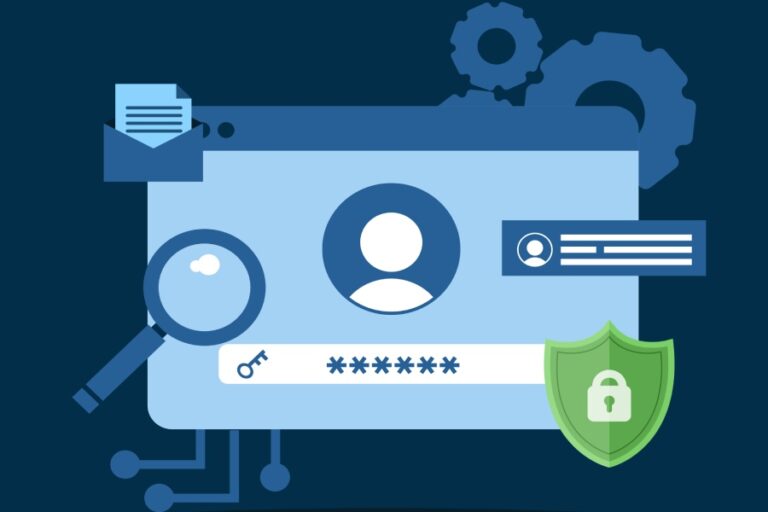Proofpoint SPF Record: The Essential Email Security Configuration Guide
In a world where email is the primary mode of communication for businesses and individuals alike, ensuring that your messages are not only delivered but also secure has never been more crucial. You might think that just having an email account is enough, but without proper measures in place, you could become a victim of…









